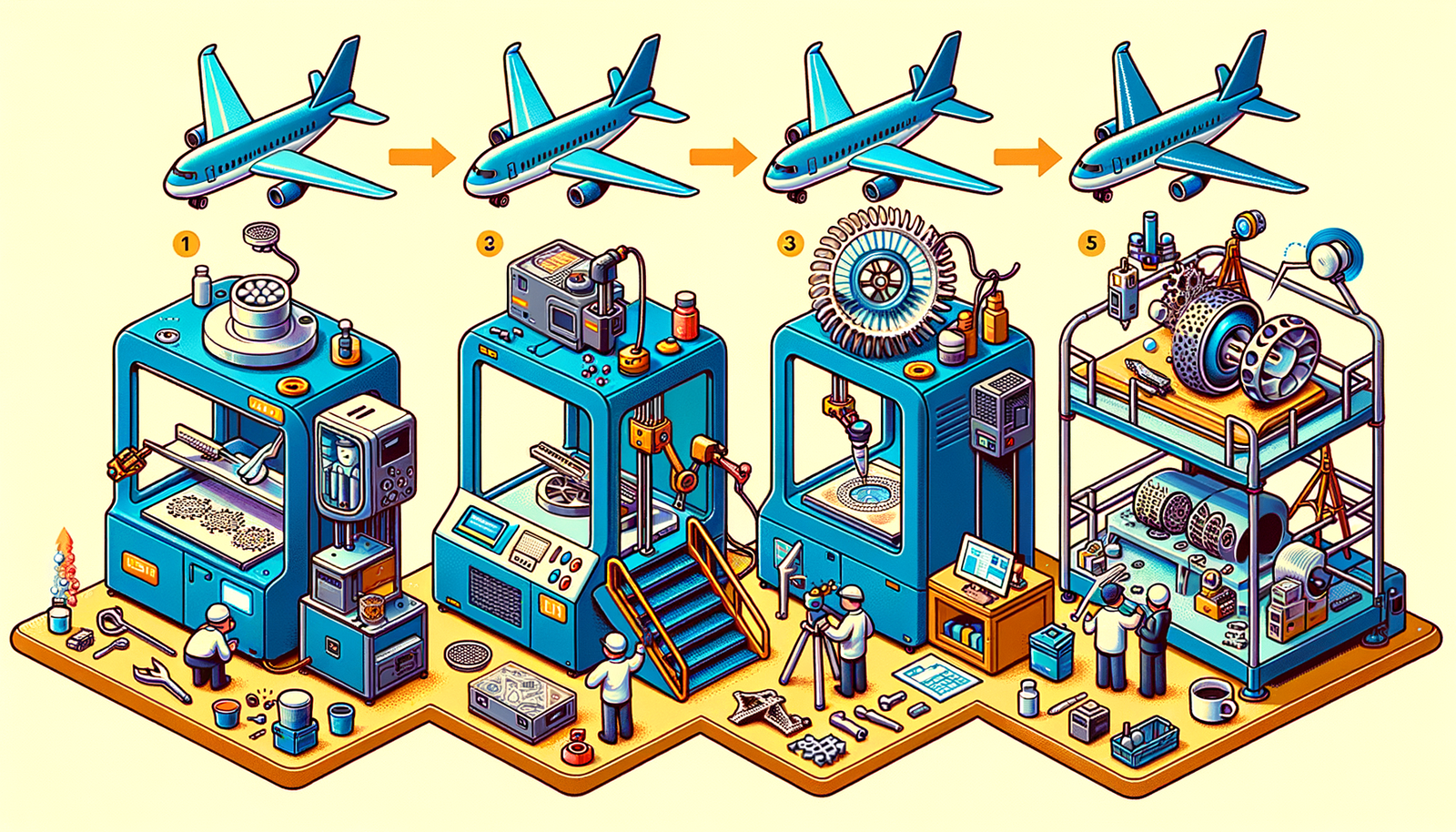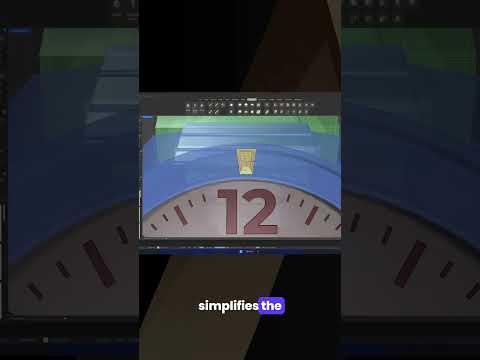Your Cart is Empty
Customer Testimonials
-
"Great customer service. The folks at Novedge were super helpful in navigating a somewhat complicated order including software upgrades and serial numbers in various stages of inactivity. They were friendly and helpful throughout the process.."
Ruben Ruckmark
"Quick & very helpful. We have been using Novedge for years and are very happy with their quick service when we need to make a purchase and excellent support resolving any issues."
Will Woodson
"Scott is the best. He reminds me about subscriptions dates, guides me in the correct direction for updates. He always responds promptly to me. He is literally the reason I continue to work with Novedge and will do so in the future."
Edward Mchugh
"Calvin Lok is “the man”. After my purchase of Sketchup 2021, he called me and provided step-by-step instructions to ease me through difficulties I was having with the setup of my new software."
Mike Borzage
Design Software History: Evolution of Design Software in the HVAC Industry: From CAD to BIM and Beyond
August 18, 2024 3 min read


Introduction to Design Software in the HVAC Industry
The HVAC (Heating, Ventilation, and Air Conditioning) industry is crucial in ensuring the comfort and health of occupants in residential, commercial, and industrial spaces. The evolution of design software has significantly enhanced the efficiency and effectiveness of HVAC systems, transforming the way engineers and designers approach their work.
In the early days, manual drafting and calculations were the norm, which were time-consuming and prone to errors. The introduction of computer-aided design (CAD) tools marked the beginning of a new era in HVAC design, allowing for more precise and streamlined processes.
Evolution of HVAC Design Software
1980s to 1990s: Initial Adoption of CAD Tools
During the 1980s and 1990s, 2D CAD software started to gain traction in the HVAC industry. Key players such as Autodesk and Bentley Systems introduced tools that enabled designers to create more accurate and detailed plans. This period saw the first instances of HVAC projects leveraging CAD technology, which provided a foundation for more advanced solutions in the future.
2000s: Transition to 3D Modeling and Simulation
The 2000s marked a significant shift towards 3D modeling and simulation in HVAC design. Companies like Autodesk with Revit MEP, Dassault Systèmes with CATIA, and Bentley Systems with MicroStation began to offer tools that allowed for more comprehensive and realistic representations of HVAC systems. The integration of simulation tools for airflow, temperature distribution, and energy consumption became a game-changer, enabling more efficient and effective designs.
2010s and Beyond: Advanced and Integrated Solutions
In the 2010s, Building Information Modeling (BIM) software became the gold standard for HVAC design. Key features of BIM software include collaborative design, clash detection, and lifecycle management, which have revolutionized the way HVAC systems are designed and managed. Leading software in this arena includes Autodesk Revit, Trimble SketchUp, and Graphisoft ArchiCAD, which offer advanced functionalities for integrated and holistic design solutions.
Core Technologies and Methodologies
Solid and Geometric Modeling
Solid and geometric modeling techniques are fundamental to accurate HVAC component and system design. These techniques allow for precise representation of HVAC components, ensuring that designs are both feasible and efficient.
Simulation and Analysis
Simulation and analysis tools have become indispensable in HVAC design. Computational Fluid Dynamics (CFD) is used for airflow analysis, while energy simulation tools optimize HVAC system efficiency. Software examples include ANSYS and CFD modules in Revit MEP, which provide robust capabilities for detailed simulation and analysis.
Integration with Other Systems
Integrating HVAC design with other building systems such as structural, electrical, and plumbing is essential for a holistic approach. Interoperability standards like IFC (Industry Foundation Classes) facilitate seamless data exchange, enabling more efficient and coordinated designs.
Impact and Future Trends
Product Visualization and Virtual Prototyping
Visualization tools play a crucial role in creating realistic models of HVAC systems. These tools enhance stakeholder communication and decision-making, allowing for better understanding and evaluation of designs.
Additive Manufacturing and Custom Components
Additive manufacturing, or 3D printing, holds great potential for producing custom HVAC components. This technology enables innovative HVAC solutions that are tailored to specific needs and requirements.
Emerging Technologies
The role of AI and machine learning in predictive maintenance and design optimization is becoming increasingly important. Additionally, the impact of IoT (Internet of Things) on smart HVAC systems and real-time monitoring is transforming the industry, providing more efficient and responsive solutions.
Sustainable and Eco-Friendly Design
Sustainable design practices are essential in reducing energy consumption and promoting eco-friendly solutions. Integrating renewable energy sources into HVAC design is becoming more common, supported by advanced design software. Examples of green building certifications highlight the importance of sustainable practices in modern HVAC design.
By examining these sections, we gain a comprehensive understanding of the history, evolution, and future trends of design software in the HVAC industry. The significant technological advancements and key players have shaped the field, leading to more efficient, effective, and innovative HVAC solutions.
Also in Design News

Design Software History: The Evolution of 3D Printing in Aerospace: From Prototyping to Production
November 27, 2024 7 min read
Read More
Cinema 4D Tip: Optimizing Workflow with Team Render in Cinema 4D
November 27, 2024 2 min read
Read MoreSubscribe
Sign up to get the latest on sales, new releases and more …



